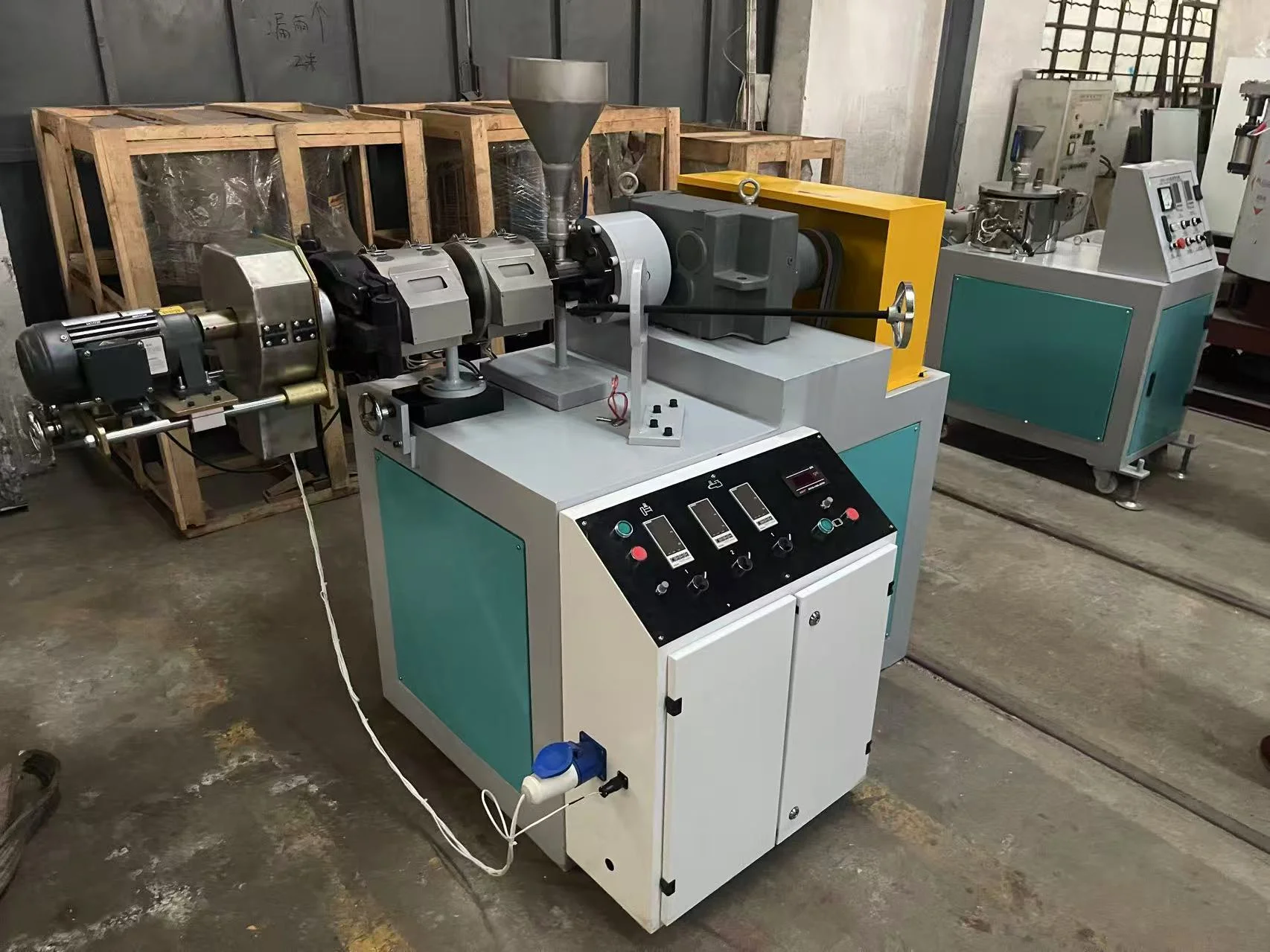When it comes to tackling heavy-duty tasks like cutting down trees or pruning branches, a chainsaw is an indispensable tool. However, selecting the right chainsaw size is crucial for achieving optimal performance and ensuring safety. In this comprehensive guide, we will delve into the factors to consider when determining the best chainsaw size for your needs, empowering you to make an informed decision.
- Understanding Chainsaw Sizes:
Chainsaws are available in various sizes, typically measured by the length of the guide bar. The guide bar is the metal plate around which the cutting chain wraps. The size of the chainsaw determines its power, versatility, and suitability for different applications. - Assessing Your Needs:
To determine the ideal chainsaw size, it is essential to assess your specific requirements. Consider the following factors: a. Task Type: Different tasks require different chainsaw sizes. For light pruning or trimming, a smaller chainsaw with a guide bar length of 10-14 inches may suffice. However, for felling large trees or cutting firewood, a larger chainsaw with a guide bar length of 16-24 inches is more appropriate. b. Experience Level: Novice users may find smaller chainsaws easier to handle and control. On the other hand, experienced operators can handle larger chainsaws with ease, benefiting from their increased power and efficiency. c. Physical Strength: The weight and size of the chainsaw can impact user fatigue. If you have limited physical strength, opting for a lighter chainsaw may be more comfortable during prolonged use. - Safety Considerations:
Safety should always be a top priority when operating a chainsaw. Choosing the appropriate size can significantly contribute to a safer working environment. A chainsaw that is too small may struggle to cut through larger branches or trees, leading to increased effort and potential kickback. Conversely, a chainsaw that is too large may be difficult to control, increasing the risk of accidents. - Balancing Power and Maneuverability:
Finding the right balance between power and maneuverability is crucial. While larger chainsaws offer more power, they can be cumbersome in tight spaces or when performing intricate tasks. Smaller chainsaws, on the other hand, provide greater maneuverability but may lack the necessary power for demanding jobs. Consider your specific needs and strike a balance between power and maneuverability. - Additional Features and Considerations:
Apart from size, several other features can enhance the performance and usability of a chainsaw. These include anti-vibration systems, automatic chain oilers, chain brakes, and ergonomic designs. Evaluate these features based on your preferences and requirements to further refine your choice.
Conclusion:
Selecting the best chainsaw size is a crucial decision that directly impacts the efficiency, safety, and overall performance of your cutting tasks. By considering factors such as task type, experience level, physical strength, and safety considerations, you can confidently choose a chainsaw that perfectly matches your needs. Remember to strike a balance between power and maneuverability while considering additional features to ensure a seamless and productive chainsaw experience.



More Stories
Maximizing Efficiency and Precision with Horizontal Machining Centers
Mini Single Screw Extruder: Precision Engineering and High-Performance Application Guide
How a laser wire marking machine Enhances Identification Accuracy in Modern Cable Manufacturing